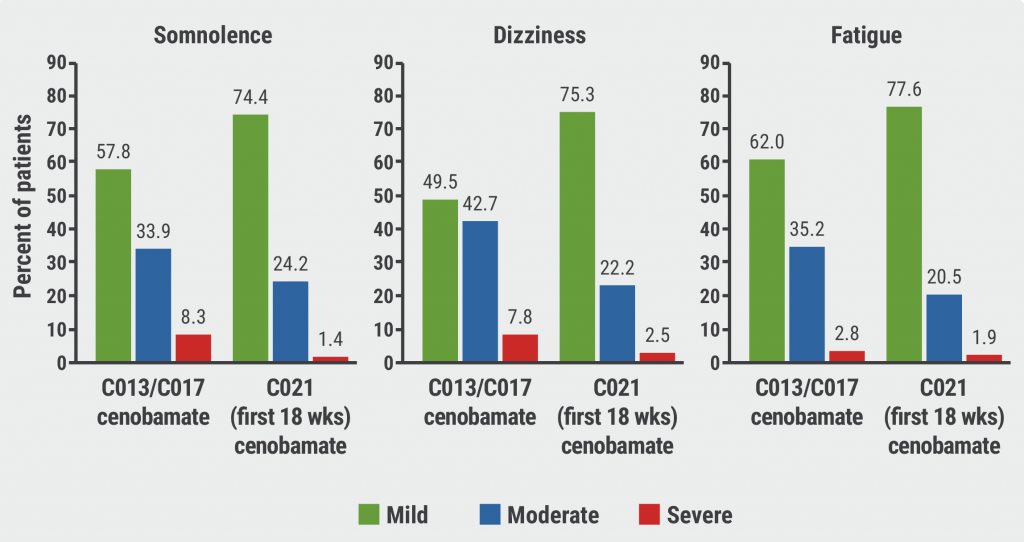Researchers examined data on 6,791 adults in Sweden with Tourette syndrome or chronic tic disorder who were matched on age, sex, and country of birth to 67,910 individuals without these conditions in the general population. Everyone in the study was born between 1973 and 2013, and followed for a median of 17 years.
Overall, 237 people (3.5%) with Tourette syndrome or chronic tic disorder had at least one diagnosis of cervical spine disorder during the study period, compared with 1,483 (2.2%) among matched controls.
After adjustment for rheumatic disorders, traffic injuries, and fall- and sport-related injuries, Tourette syndrome or chronic tic disorder were associated with a significantly greater risk of cervical spine disorder (aHR 1.39). Tourette syndrome or chronic tic disorder were also associated with a significantly increased risk of both vascular (aHR 1.57) and nonvascular (aHR 1.38) cervical disorders.
"The neck region is vulnerable to injuries, and in some instances motor tics may cause mechanical tear of spinal elements that in the most severe outcomes could lead to fractures, compromised space for spinal nerves leading to radiculopathy/myelopathy, and dissection of cervical vessels adjacent to the cervical spine," said lead study author Dr. Josef Isung of the Centre for Psychiatry Research at the Karolinska Institute in Stockholm, Sweden.
Average age at diagnosis of Tourette syndrome or chronic tic disorder was 15.6 years.
Cervical spine disorders examined in the study based on ICD-10 codes included aneurysm and dissection of the carotid artery, cerebral infarction, spondylosis, cervical disc disorders, fractures and distortions of the cervical spine, and cervicalgia.
In subgroup analysis, researchers examined data on 3,289 individuals with Tourette syndrome or chronic tic disorder and 32,890 matched controls in the general population who were followed starting age 3 years. Within this group, the association between Tourette syndrome or chronic tic disorder and cervical spine disorders was even greater (aHR 1.54).
Limitations of the study include the potential for misdiagnosis of Tourette syndrome or chronic tic disorder, particularly in distinguishing between functional and idiopathic tics, the authors note in JAMA Neurology. The researchers also lacked data on tic severity.
"Patients with Tourette syndrome can have severe motor tics affecting the neck region and can develop arterial dissection leading to ischemic stroke or injury to the cervical spinal cord, causing myelopathy and, in turn, a long-term disability," said Dr. Ashutosh Kumar, an assistant professor of pediatrics and neurology at Penn State Health Milton S Hershey Medical Center in Hershey, Pennsylvania.
Clinicians should be vigilant and aware about these potential complications to prevent long-term disability and poor outcomes, Dr. Kumar, who wasn't involved in the study, said by email.
"All measures should be taken to treat these violent and severe neck motor tics aggressively by using not only conventional pharmacologic and non-pharmacologic treatments but also newer treatment options such as botulinum toxins or surgical options including deep brain stimulations should be considered in some cases," Dr. Kumar said.
SOURCE: https://bit.ly/396LNLH JAMA Neurology, online August 23, 2021.
By Lisa Rapaport
Posted on
Previous Article
« ESC 2021 Highlights Podcast Next Article
Late mortality decreasing among some allogeneic BMT recipients »
« ESC 2021 Highlights Podcast Next Article
Late mortality decreasing among some allogeneic BMT recipients »
Related Articles

August 18, 2021
Good safety and efficacy of cenobamate for focal seizures
November 25, 2020
Eculizumab reduces long-term relapse risk in AQP4-positive NMOSD
© 2024 Medicom Medical Publishers. All rights reserved. Terms and Conditions | Privacy Policy
HEAD OFFICE
Laarderhoogtweg 25
1101 EB Amsterdam
The Netherlands
T: +31 85 4012 560
E: publishers@medicom-publishers.com

